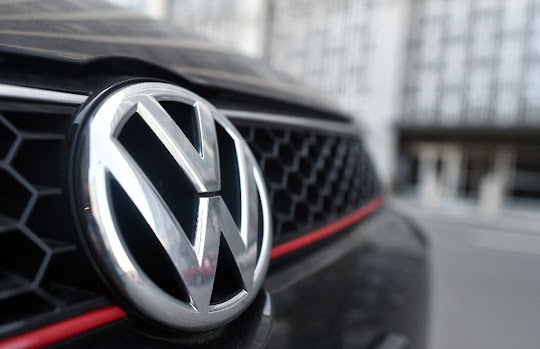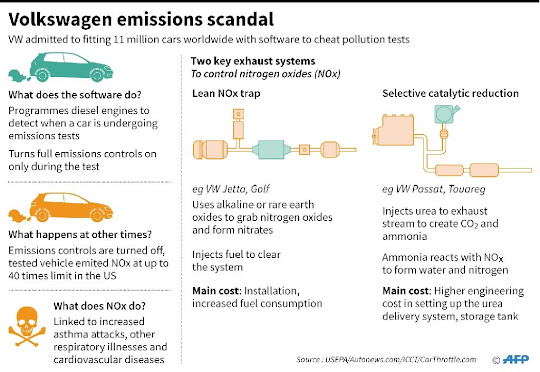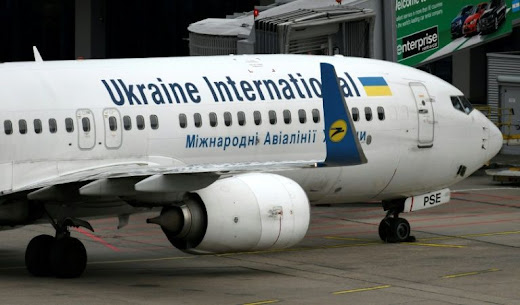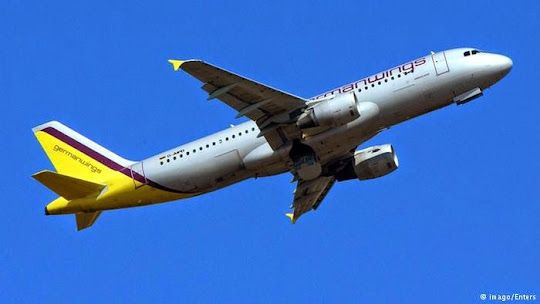Tesla chief
executive likens attacks on electric cars to campaigns of misinformation by big
tobacco and climate sceptics
The Guardian, Adam Vaughan, Thursday 24 October 2013
 |
| Elon Musk in the new Tesla Model S high performance electric car in the showroom at Westfield London. Photograph: Sarah Lee for the Guardian |
Attacks on
electric cars by the oil industry are on a par with misinformation campaigns
promoted by big tobacco companies and vested interests undermining climate
science, according to Elon Musk, the serial entrepreneur who founded PayPal and
the brains behind both the space exploration company SpaceX and the electric
sports carmaker Tesla Motors. The oil giants, he reckons, are attempting to sow
the seeds of doubt.
Speaking
before the opening of Tesla's new luxury store in the Westfield shopping mall
in Shepherd's Bush, London, last night, Musk told the Guardian: "It's
kinda like the battle against 'big tobacco' in the old days, and how they'd run
all these ads about how tobacco's no problem.
"Ninety-nine
per cent of scientists can agree on one thing, but in the public mind
[lobbyists] try to convey that scientists disagree. Technically true, but
absolutely misleading," he said.
Tesla has
cornered the high end of the electric car market in the US, selling more than
14,000 of the base-priced $62,400 (£38,609) Model S in the past year. The car
will be delivered to UK customers next spring, and is expected to cost between
£55,000-£85,000, depending on the model's specifications.
That is
substantially more than the £16,000-£30,000 price range at which most other
electric cars have been pitched. But Musk still has his eye on the mass market.
The next Tesla car, currently dubbed "Gen3", would cost less than
£35,000 and will probably arrive within three years. The Model S, he said,
would subsidise that car's development.
"When
somebody buys a Model S they're helping pay for that in a way that buying an
Aston Martin or Ferrari is not. Aston Martin is going to make more Aston
Martins, Ferrari is going to make more Ferraris, but what we're trying to do is
make a compelling mass-market electric car."
Musk, who
is said to have inspired the character of the charismatic genius Tony Stark in
the Iron Man films, does not think governments are doing enough to support the
electrification of cars, despite a grant scheme that knocks £5,000 off the
price of new plug-in vehicles.
"If we
start seeing bazillions of electric cars on the road, then maybe we can reel
back the incentives. The acid test is are there tons of electric cars on the
road? Well, no, probably the incentives aren't strong enough."
Musk is
standing by recent comments that hydrogen fuel-cell cars are not a plausible
rival to battery-powered models like those made by Tesla. "They're like
obviously bullshit, it's not even a question mark in my mind … In the case of
hydrogen fuel cells, take the current state of the art, and compare how much
space, weight and cost is associated with the powertrain of a fuel cell, and
compare that with the Model S … it loses on every category."
Musk, 42,
considers himself an environmentalist, but says he is not "ultra
hardcore".
"That's
not me," he says. "I sort of think we should figure out how to enjoy
life and not have environmental catastrophe."
He rates
himself as "greenish" in his personal life. He switches off lights
when he leaves a room, and has installed solar panels on his home, but
"it's not like I've got LED lights everywhere, and I'm not a vegetarian.
"Trying
to convince the population to have some monk-like existence is simply
unrealistic," he says.
Born in
South Africa, Musk was a teenage computer nerd with degrees in physics and
business when he moved to California to study for a PhD at Stanford. He then
quit within days of embarking on his studies to become an entrepreneur.
His first
venture was an internet city guide, which he sold aged 28, banking $20m. Paypal
followed, which eventually brought him an even larger fortune, and then came
SpaceX, which aims to send people to Mars within 20 years.
Tesla
Motors, which takes its name from the 19th-century physicist, Nikola Tesla, was
venture number four. Musk joined as an investor in its early days, and the firm
made its first production vehicle – the two-seater Roadster – in 2006.
The
company, based in Palo Alto in California's Silicon Valley, was listed on
Nasdaq in 2010 and the Model S hit the road in 2012. Celebrity owners Ben
Affleck, Morgan Freeman, Stephen Spielberg and Demi Moore have generated
publicity, as have the firm's "stores" – in premium shopping
districts rather than traditional dealerships. The shares have nearly
quadrupled in value this year.
A few weeks ago the company's image took a hit when footage emerged of a Model S on fire after a piece of metal had gone under the car and made contact with the battery.
 |
| The new electric high performance Tesla car in the mini showroom at Westfield London. Photograph: Sarah Lee for the Guardian |
A few weeks ago the company's image took a hit when footage emerged of a Model S on fire after a piece of metal had gone under the car and made contact with the battery.
The driver
escaped unharmed, but the incident led Musk to take to his blog in defence of
the car, which has been billed as one of the safest ever made. "Had a
conventional gasoline car encountered the same object on the highway, the
result could have been far worse," he wrote.
Musk told
the Guardian that the company was committed to Europe, and he expected to be
manufacturing electric cars in Europe "probably" within five years.
They are currently made in Fremont, California, with some assembly carried out
in the Netherlands. "It's a bit silly transporting cars across the
Atlantic," said Musk, who also envisages a new European technical centre,
focused on research and design.
The firm
also plans to build a network of "superchargers" in the UK – charging
points that can replenish the battery within 30 minutes – ready for when its
right-hand drive Model S cars are delivered to customers in spring next year.
The cars will eventually be powered by solar panels, he said, which should
generate more power than is used by the cars recharging.
"What
we're trying to convey is that, if you have Tesla Model S, you'll be able to
drive for free, for ever, on sunlight."
Tesla's
Model S
When you
drive the Model S, it quickly – very, very quickly – becomes clear that it's
the opposite of the electric car stereotype of a Noddy car that doesn't go very
fast or very far. It's packed to the gills with state-of-the-art technology,
from the enormous string of batteries that make up the entire floor and enable
its 300 mile-plus range, to the in-car entertainment and navigation system whose
touchscreen makes an iPad look positively puny.
The
exterior is classy and understated, rather than screaming, "No combustion
engine!" as, say, the G-Wiz and BMW's new i3 do. Tesla's other car, the
Roadster, is the sort to turn heads and attract Instagramming hordes, but the
Model S barely raised eyebrows during a few hours in central London.
More than anything, the car is memorable for its astonishing acceleration. Unlike conventional cars, electric cars give instant torque and that, combined with the powerful motor here, means that putting your foot down results in a truly exhilarating rush.
More than anything, the car is memorable for its astonishing acceleration. Unlike conventional cars, electric cars give instant torque and that, combined with the powerful motor here, means that putting your foot down results in a truly exhilarating rush.

















